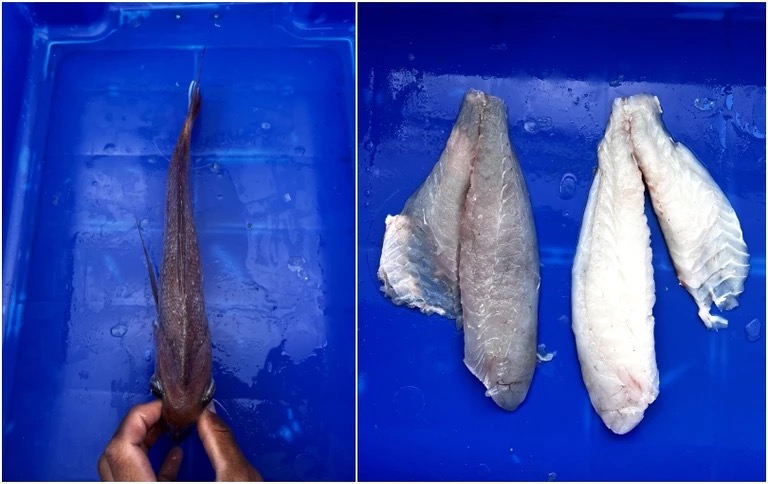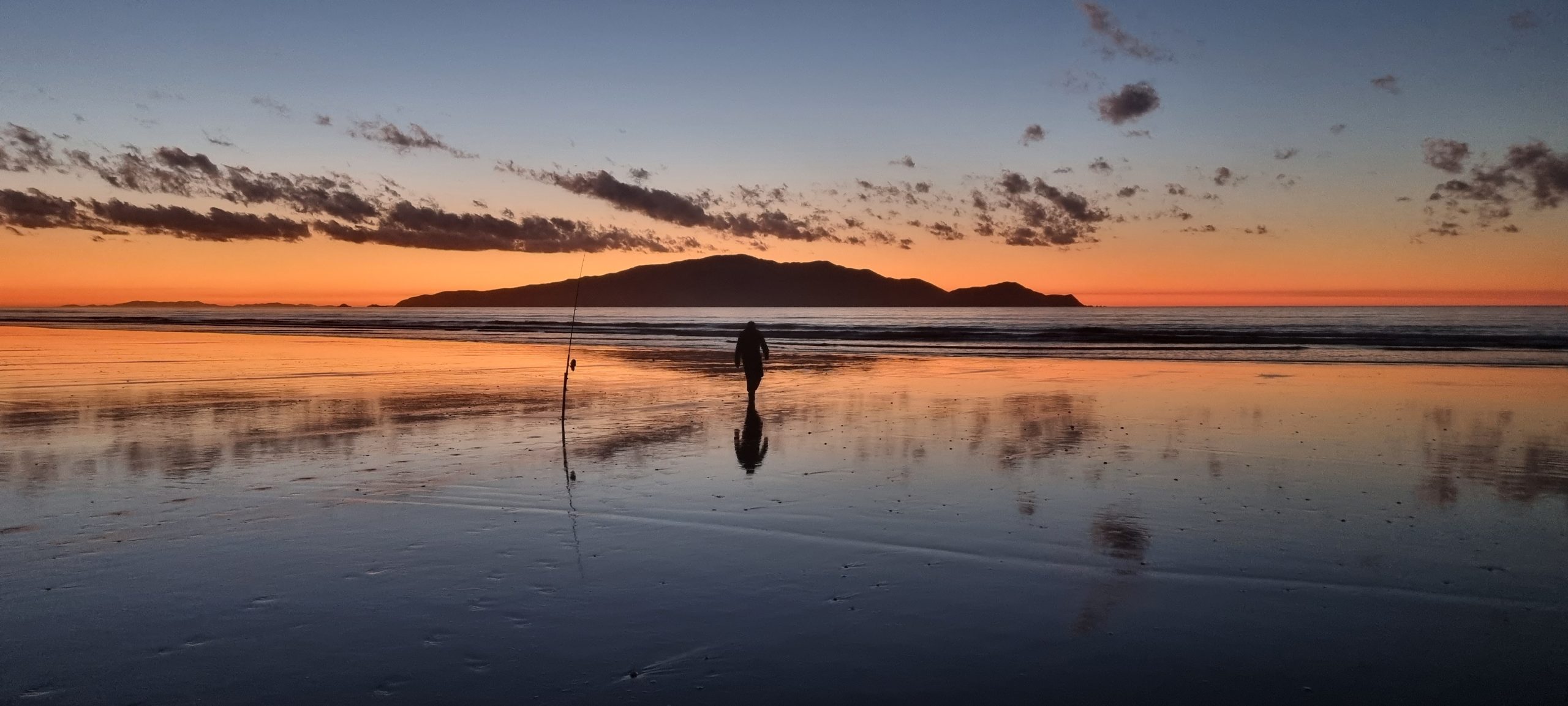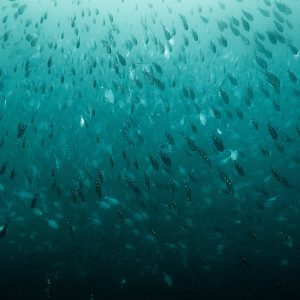LegaSea is stunned that Fisheries New Zealand is blaming the climate for snapper having “milky white flesh syndrome”. Their latest report skips over last year’s lab results that showed snapper were in a “state of chronic malnutrition”. That testing found that tissue breakdown in snapper was attributed to a “prolonged period of starvation”.
So, why are our most prolific fish species starving?
On the northeast coast there is a noticeable absence of baitfish in the water. Reports from Northland to East Cape confirm fears that there are fewer Jack mackerel. Areas relied on for holding baitfish are barren. Fishers report spending hours hunting bait rather than the prize kingfish.
Baitfish are an integral part of the food chain, sustaining finfish, birds and marine mammals. Successive State of our Gulf reports show that baitfish, including Jack and blue mackerel are the most commonly harvested species.

It’s ludicrous to think we can keep purse seining day after day and expect the environment to sustain the same amount of fish. And, it’s well documented that scallop dredging, Danish seining and bottom trawling destroy seabed life.
After decades of dredging our scallop beds are closed, crayfish in the Hauraki Gulf are described as “functionally extinct”, and after a century of bottom trawling there are no wild mussels left in the Marine Park. We cannot ignore that these outcomes are due to fishing and other human related pressures.
This is no longer just a Hauraki Gulf issue. Initial work with NIWA in 2022 showed that catches of mushy, white flesh fish were concentrated within the inner Hauraki Gulf. However, recent online surveys of recreational fishers have indicated that affected fish are being caught in Northland, Bay of Plenty and areas along the west coast of the North Island.
LegaSea is concerned that a hardy species like snapper is now succumbing to a collapsing food chain, and that officials are dismissing the lack of bait fish in the water while ignoring the impacts of a century of destructive fishing methods. We would have expected a more constructive response from Fisheries New Zealand to this chronic issue.
Report
Distribution and potential causes of milky fleshed snapper in SNA 1
2023 report
MPI commissioned report from the Animal Health Authority, and commentary available here.
Please help us as we strive for improved fisheries management and sensible marine protection. Send this to a friend, colleague or family member who cares and encourage them to subscribe to LegaSea and stay up to date with the latest news.




